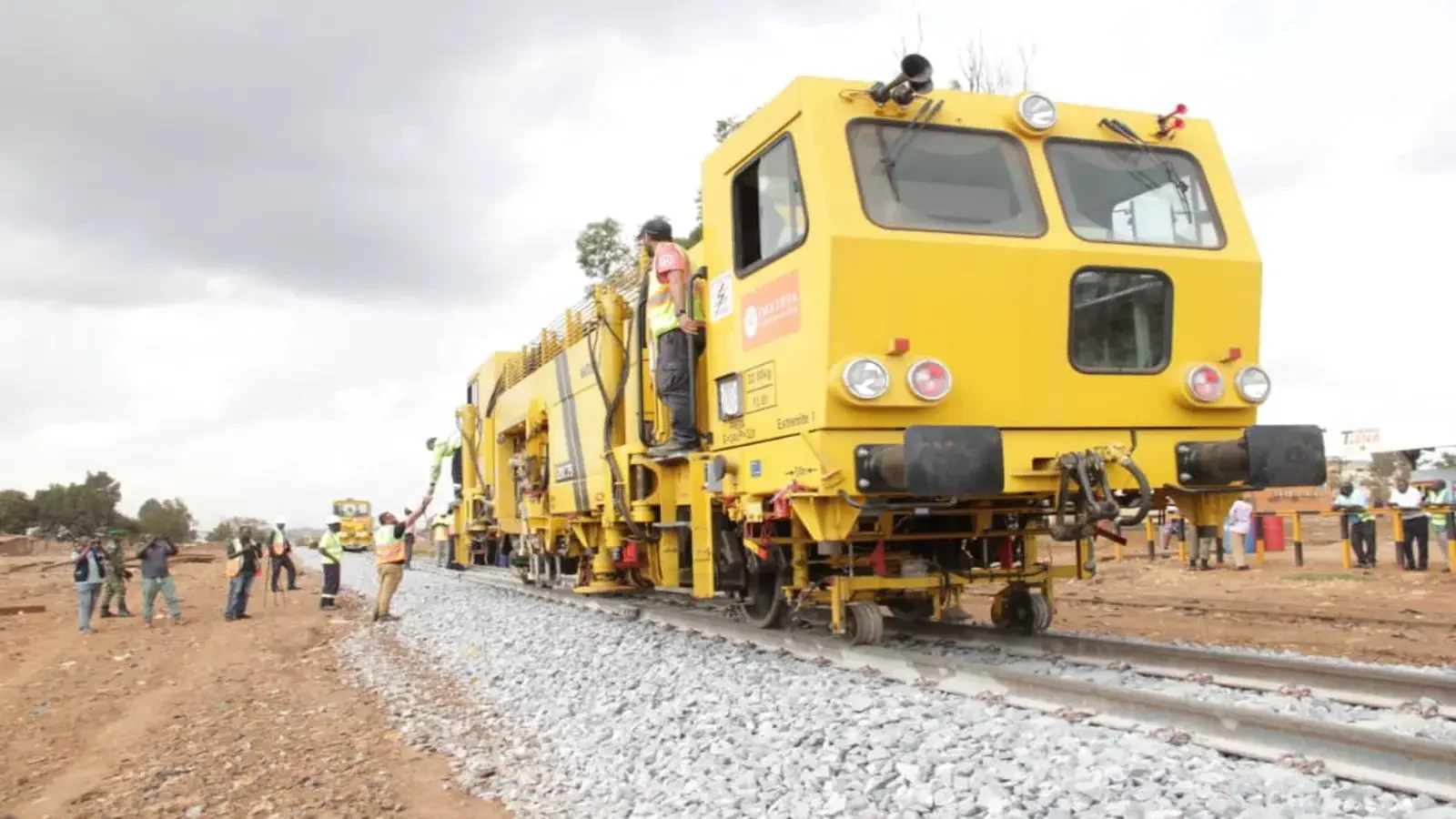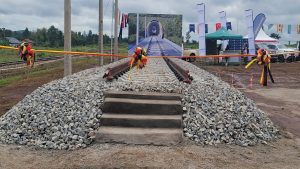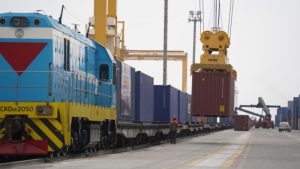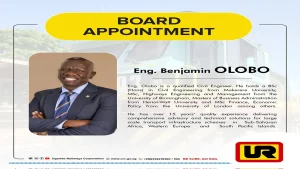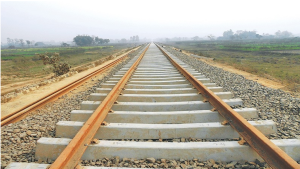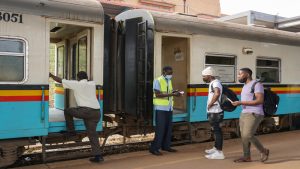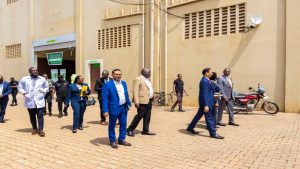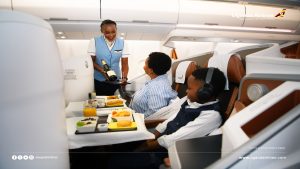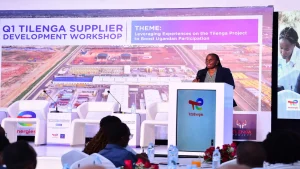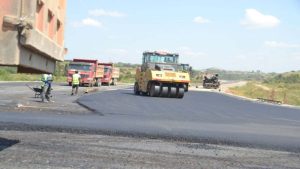Share
A massive makeover is taking place in the center of Uganda as the meticulous renovation of the meter gauge railway on the Northern Corridor moves into its last stages.
This well-planned initiative, which aims to reduce transportation costs and increase trade competitiveness, faces a significant obstacle in the form of a shortage of essential tools, wagons, and trains.
As the project progresses, the Spanish behemoth Imathia Construction successfully replaces steel sleepers with unwavering concrete beams along the Namanve-Kampala segment.
Uganda Railways Corporation (URC) spokesperson John Lenon Sengendo informs us that this part is ready for a spectacular handover this month, which will open the door for the start of the last leg, Namanve-Mukono.
This victory comes after the Tororo-Namanve line was successfully revitalized, serving as a symbol of Uganda’s unwavering commitment to reviving its rail infrastructure.
However, the bright promise of lower transportation costs and increased trade power is met with skepticism by importers, exporters, and shippers who are wary because of what they perceive to be an inadequate supply of rolling stock and operational inefficiencies.
Despite the Malaba-Namanve meter gauge track achieving remarkable standards, a shocking 90 percent of Northern Corridor traffic persists in thundering along the streets, leaving only a measly seven percent to traverse the rails, handicapped by the continuing shadow of infrastructural issues.
The financial consequences of this reluctance are severe, as transportation costs for roads range from 20 to 25 cents per tonne per kilometer, while those for rail, which suffer from poor infrastructure, range from 6 to 12 US cents.
Uganda Railways Corporation (URC) is under intense scrutiny as an audit reveals the mysterious disappearance of 393 carriages, raising concerns about asset value inflation in financial reports.
Trapped in the crossfire, URC quickly clarifies the mystery, blaming the abandoned wagons in Kenya on the fallout from a concession termination. However, only a small portion of these illusive assets are being recovered by the current repatriation effort.
Unfazed by the obstacles, Uganda looks forward to a revolutionary future, promising to double the number of government-owned wagon ferries and obtain locomotives with 3,000 horsepower by 2026.
The African Development Fund adds $100.7 million to the $233.2 million provided by the financial cavalry, which is led by the African Development Bank. These concessional loans are intended to strengthen the railway resurrection with the strength of rolling stock.
URC anticipates six million tonnes of goods passing over the restored tracks annually as part of its audacious plan to shift freight from the road to the rail.
As part of the meter gauge railway resuscitation, Uganda not only restores the Tororo-Gulu route, but it also develops the Gulu Logistics center, a strategically significant center that links markets in the Democratic Republic of the Congo and South Sudan.
This intricate undertaking is a prime example of Uganda’s grand vision for a rebuilt, networked future in which the steady hum of trains complements the pulse of growth.
